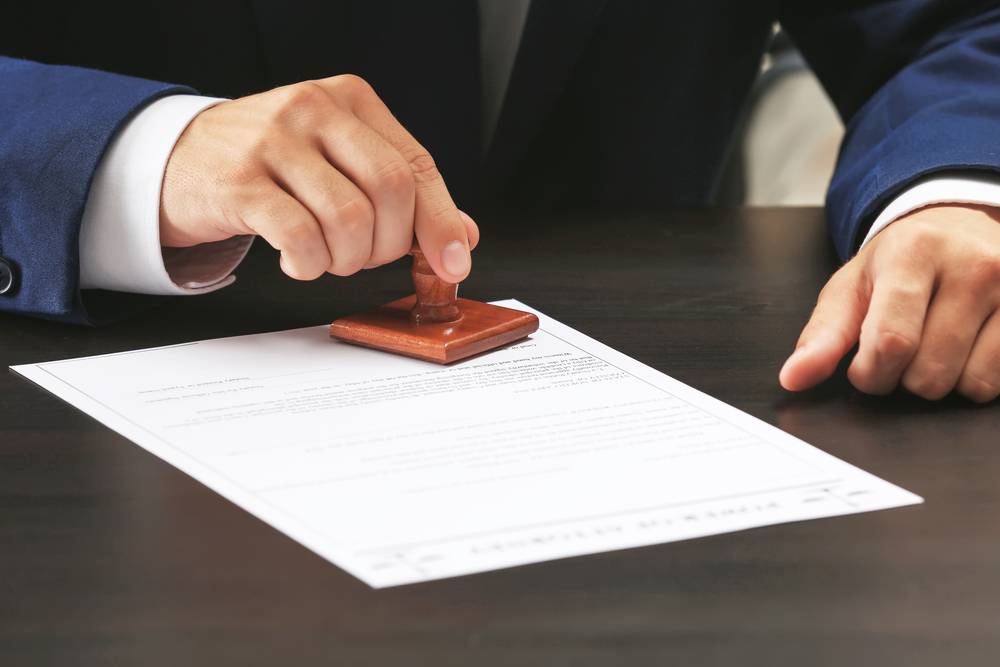The different steps of producing an official translation
A sworn translation, also called a certified translation, is an official document recognized by the authorities and institutions both in the country of origin and abroad. This process involves the translation of an original document by a sworn translator who is legally authorized to carry out this type of work. Due to the official character of these documents, this procedure requires exceptional rigor and accuracy.
Producing a sworn translation is an essential process in the legal, administrative and notary fields. It requires specific expertise and certifications.
Understanding the different steps involved in producing a sworn translation is therefore crucial for anyone who requires this specialized service.


Choosing a sworn translator
The first step involves choosing a skilled sworn translator for the project. It is essential to hire the services of an expert who can provide a certified translation that is an accurate representation of the original document. Sworn translators are language experts who have been certified by a court or another presiding legal authority. They are registered on an official list of experts recognized by the legal system. In France, for example, this list is maintained by the Court of Appeals.
Choosing a sworn translator may seem intimidating, so it is necessary to consider several factors:
- the type of document to be translated;
- the source language;
- the target language;
- the translator´s qualifications and experience
To make this choice easier, it is possible to hire a specialized translation agency. These companies generally employ several sworn translators where each is specialized in one or several languages and fields.
Document analysis
Document analysis is a fundamental step in sworn translations. Due to their nature, sworn translations must be accurate, complete and faithful representations of the original document to guarantee the document´s validity in another language. To achieve this, sworn translators don´t just translate the words; they must have an in-depth understanding of the document´s contents, context and legal implications.
Before starting the translation, sworn translators examine and analyze the document to be translated. They must identify the type of document (birth certificate, diploma, employment contract, etc.) and its function and purpose (immigration document, proof of qualification, legal agreement, etc.). By doing this, sworn translators can grasp the appropriate tone, relevant legal jargon and the formal requirements of the translated document.
Additionally, document analysis allows sworn translators to identify the sections that may require careful attention. For example, proper nouns, seals, signatures and stamps must be clearly identified and correctly mentioned in sworn translations. Ambiguous or complex sections may require additional research or consultation with legal experts to ensure an accurate translation.
Experts must also consider the legal and linguistic culture of the destination country of the translated document. Document analysis must thus include a reflection on the way in which legal terms, expressions and conventions may be interpreted in the context of the target legal culture.
Finally, document analysis allows sworn translators to estimate the time necessary for the translation and provide a quote to the client. By considering the document´s length and complexity and the desired timeframe, sworn translators can provide an accurate and realistic estimate of a sworn translation´s cost.
Document translation
The actual document translation is the 3rd step in the process. Sworn translators use their linguistic and legal expertise to translate the document from the source to the target language.
The objective of this step is to produce accurate, understandable translations for the target language public. Translators must make sure to respect the original text´s style, tone and structure all the while accurately translating its meaning. This step requires high attention to detail and a perfect mastery of the two languages. Additionally, sworn translators must make sure that the translation respects all the legal formalities and cultural norms of the target language country.
Review and correction
The 4th step of the sworn translation process consists of review and correction. This quality-assurance phase is critical for guaranteeing the translation´s accuracy and conformity to the original document. Sworn translators must carefully review the translated document, making sure to identify and correct any error, omission or ambiguity.
This review and correction phase is even more important for sworn translations because any error can have legal or administrative consequences.
Also, this step also aims to ensure that the translation respects the document´s specific requirements, whether it be a legal document, notary certificate or another type of official document.
Legalizations and apostille
The 5th and final step of the sworn translation process involves the legalization, which may also include an apostille if necessary.
Legalization is the process by which sworn translators sign and stamp the translated document, thus certifying that it is an accurate representation of the original document.
This signature and stamp are recognized by legal and administrative authorities both in France and abroad.
An apostille is an additional certification that authenticates a sworn translator´s signature. It is generally necessary when a document is going to be used in a signatory country of the Convention de La Haye. The apostille certifies the authenticity of the sworn translator´s signature, thus guaranteeing that the translated document will be accepted by the authorities in the target country.


Our practical advice
Now that you have a better idea of the steps involved in a sworn translation, here is some practical advice for navigating this complex process.
- Take the time to select a qualified and experienced sworn translator who can treat the document with the required attention and accuracy.
- Provide all the useful information to the translator, including the document´s context and objective.
- Anticipate enough time for the translation process which can take several days or weeks based on the document´s length or complexity.
- Set aside an adequate budget for the sworn translation which can be more expansive than a standard translation due to its complexity and the implied responsibility.
- Finally, maintain communication with the translator throughout the process. Commentaries and clarifications can be critical for guaranteeing that the final translation meets the expectations and requirements of the relevant authorities.
In conclusion, sworn translations involve a rigorous process that imply several steps from selecting a sworn translator to the legalization of the translation document. These highly qualified translators provide an essential service so that documents can be accepted by official authorities in France and abroad.
To effectively navigate this process, it is crucial to understand these different steps and adopt a proactive approach. By hiring the services of a qualified professional, by preparing the document and by effectively communicating with the translator, the translated document will be an accurate representation of the original and will be accepted by presiding authorities.
Finally, respecting deadlines and preparing a budget for this service are also important. Sworn translations represent an investment that, if done well, can help you overcome language and legal barriers.
